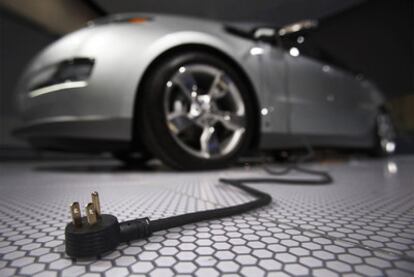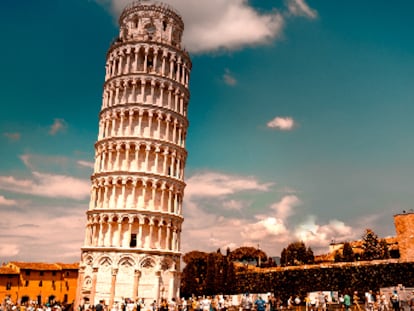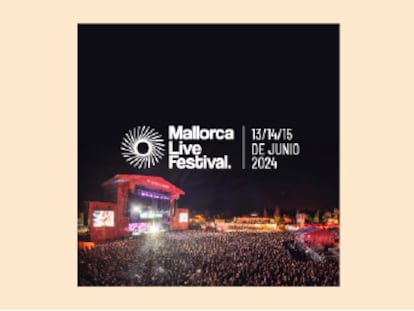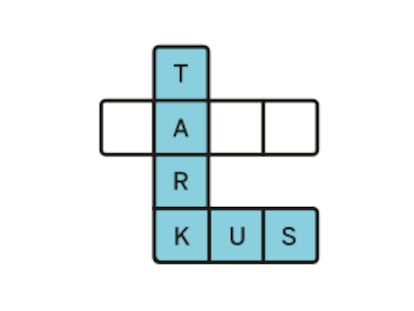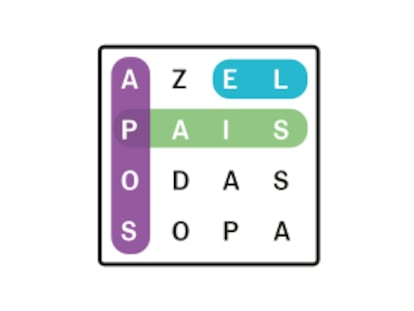Sustainable Mobility and Energy Systems: Quality of Power or Power of Quality?
At least 30% of the energy consumptions of a highly developed country is associated with transport systems
"Both!" is the enthusiastic answer given by a team of young researchers engaged in a new project concerning an innovative energy system for sustainable mobility in urban areas.
Nowadays, mobility is one of the main individual and social needs, and the mobility demand is growing especially in urban areas, where it is strongly related to the number of people needing public transportation. Moreover, companies involved in providing mobility for the masses play an essential role in the energy and environmental sectors: 30% of the energy consumptions of a highly developed country (e.g., Italy) is associated with transport systems. Comparatively, in Europe transport systems are responsible for 25% of all CO2 emissions and for 12% of all Green House Gas (GHG) emissions.
For these reasons the automotive sector alone is spending ¤20 billion per year in Europe on research and technological development. At the same time, the European Commission, under the 7th Framework Programme (EU FP7) and with a research budget of over ¤4 billion in 7 years, is supporting all the research ideas proposing "greener, safer and smarter" transport systems.
The first result of this strong requirement is the appearance of a rainbow of solutions for on?road vehicles, characterized by low or zero emissions. Nowadays hybrid, electric, hydrogen or bio?fuel vehicles are available on the market. However, the state of technology paradoxically suggests that the nearest future will be represented by the oldest solutions: electric and hybrid vehicles are the only present possible solution, as stressed by the title of the second Chris Paine film, Revenge of Electric Car (after his first Who Kills the Electric Car?). Furthermore, a recent USA survey has pointed out that 72% of Americans would be ready to buy an electric or hybrid car over a traditional vehicle, regardless of the price. All these aspects make it obvious that the "power of quality" is the actual solution for energy and environmental problems associated with the urban transport.
On the other hand, a fundamental technical feature for the effective spread of electrical vehicles is the availability of an infrastructure for their recharge. At present, dedicated electrical grids (EGs) are not very accessible anywhere in the world. The trend is the employment of the already existing distribution EGs, with many consequential hardships, most notably the availability and "quality" of power (PQ). In fact, the vehicle recharge points are "disturbing loads" since they reduce the power quality on the electrical grids. The importance of this issue is stressed by a recent call?fiche in the EU FP7-"Energy", on the topic "Strategic impact of the roll-out of electric and plug-in hybrid vehicles on grid infrastructure".
One way to solve the problem is to turn to an existing EG that is able to preserve the PQ despite the extra load of the recharge points. So the aforementioned young researchers team proposes the use of EGs dedicated to the metro-transit transport in urban areas. In fact, metro-trains are generally supplied by their own EGs by means of Electric Sub-Stations (ESS). Electric Sub-Stations are partially used during the day and almost completely free from electric loads all night, because the metro-transit does not usually guarantee a night hours service. Thanks to their layout, ESS can be thought as already available "big recharge points" for electric vehicles; what remains to be done is equip them with an "intelligent interface", including last generation storage systems, with a minimum investment cost. A right interface project guarantees both the PQ and the optimal management of the power flows on the urban distribution EG, with the further aim of energy savings and environmental impact reduction on the whole mobility system. As an example of the energy saved, the interface can allow the recharging vehicles to reuse the recovered braking energy in the metro transit system, involving an energy saving of about 30% and a consequent environmental impact reduction.
Another advantage of the link between the two transport systems is in terms of service: the electric vehicles can provide an alternative service to the metro-transit system during the night. In fact, the ESS are generally located at the ends of the metro-transit path, situated in suburban areas, where empty spaces for cars and bus parking are available. So, even though the starting point of the study was to give an answer to a PQ problem, the final solution is a transport system guaranteeing the maximization of the set of mobility opportunities on two layers (underground and road) with a 24-hour service.
In conclusion, the work of the young researchers team carries on the development of an energetically and environmentally sustainable mobility system for urban areas, with minimum investment costs and a no-stop service. The power of the quality is assured by the quality of the power and the world will not have to wonder, "Who kills the electric car?" anymore.
Maria Carmen Falvo, University of Rome - La Sapienza www.atomiumculture.eu
